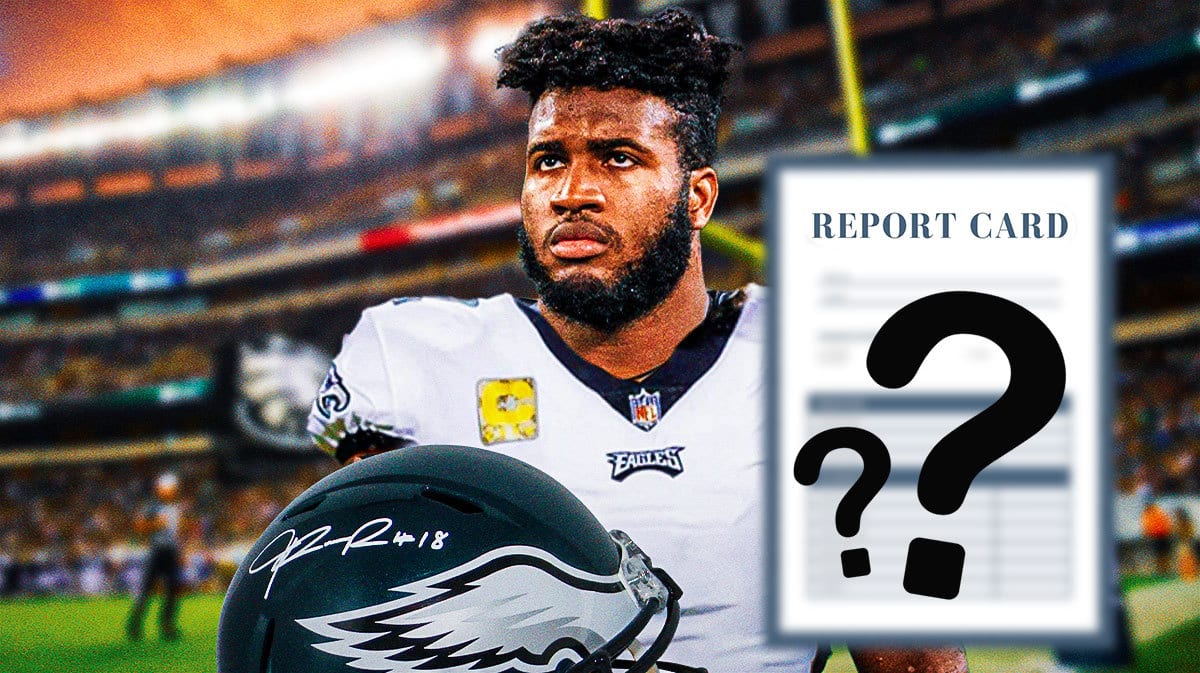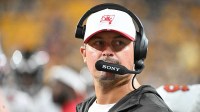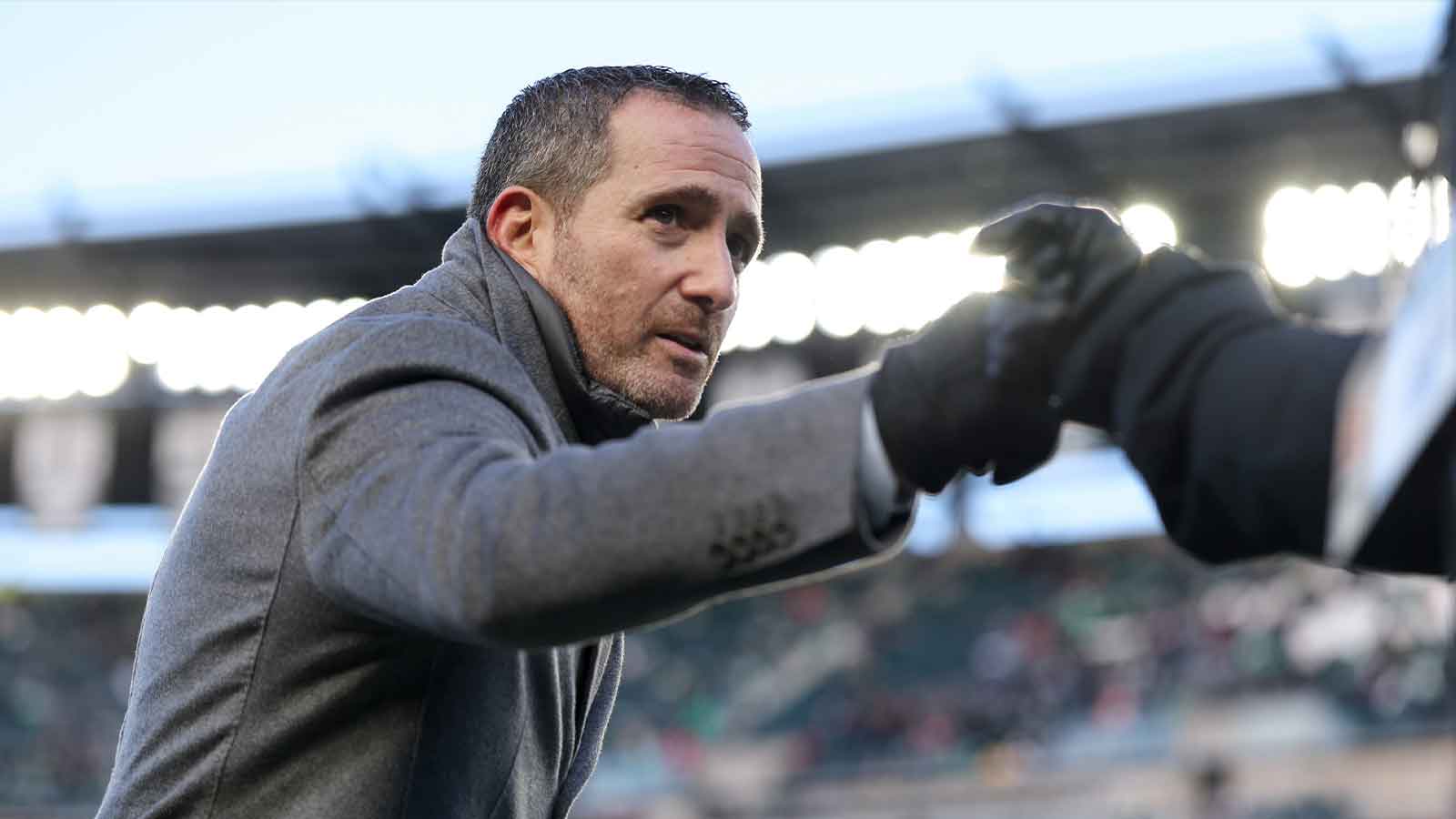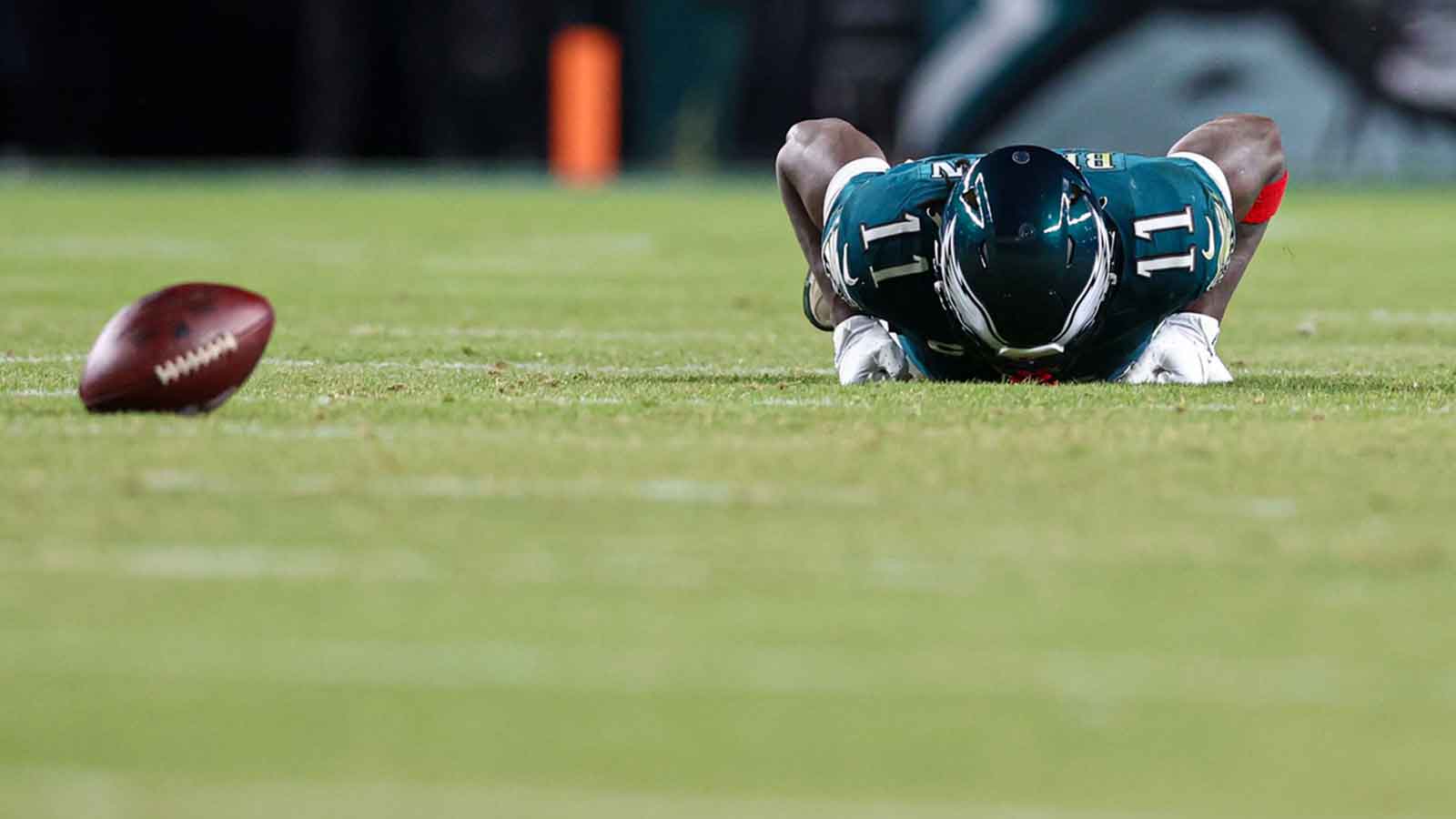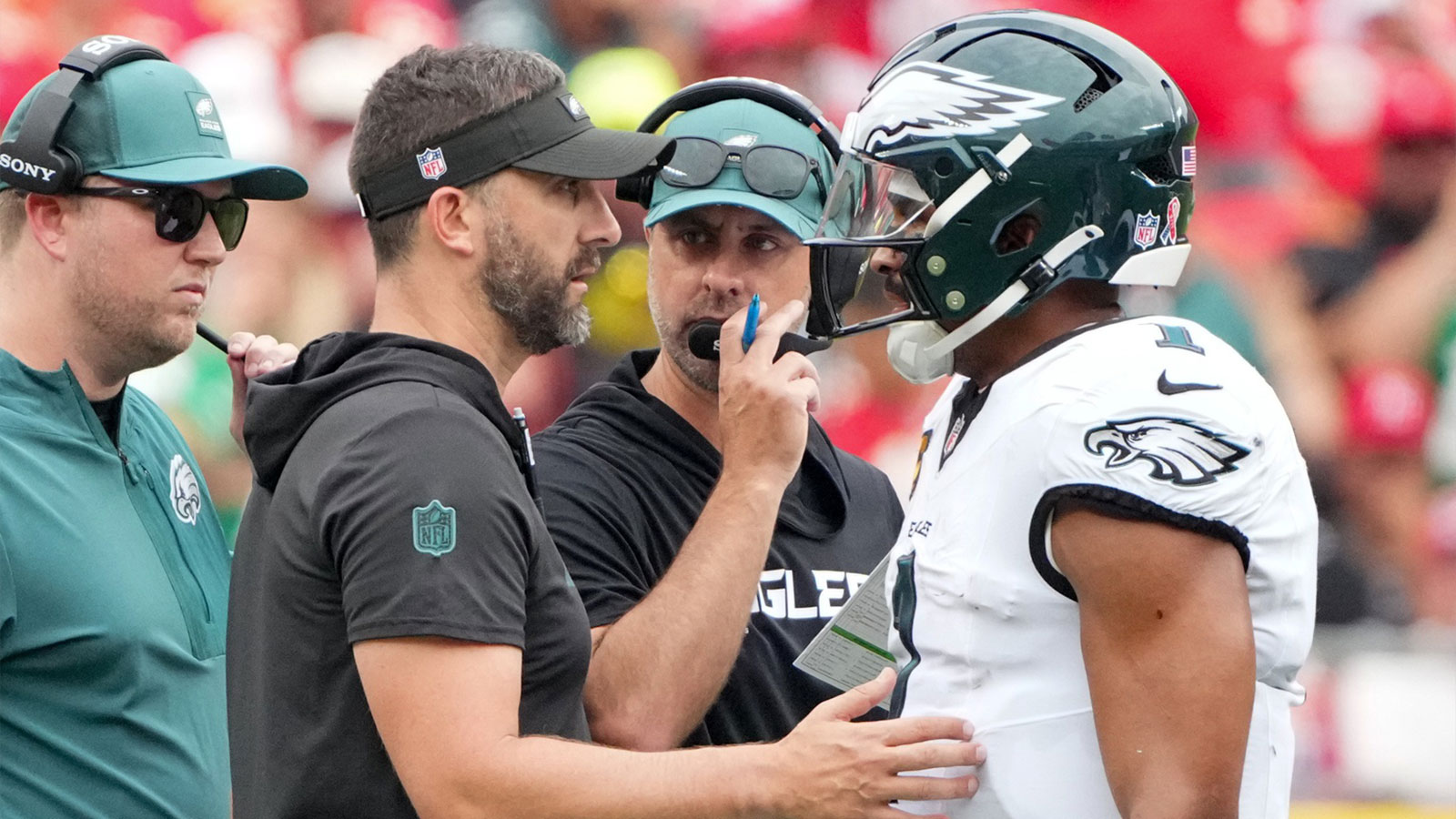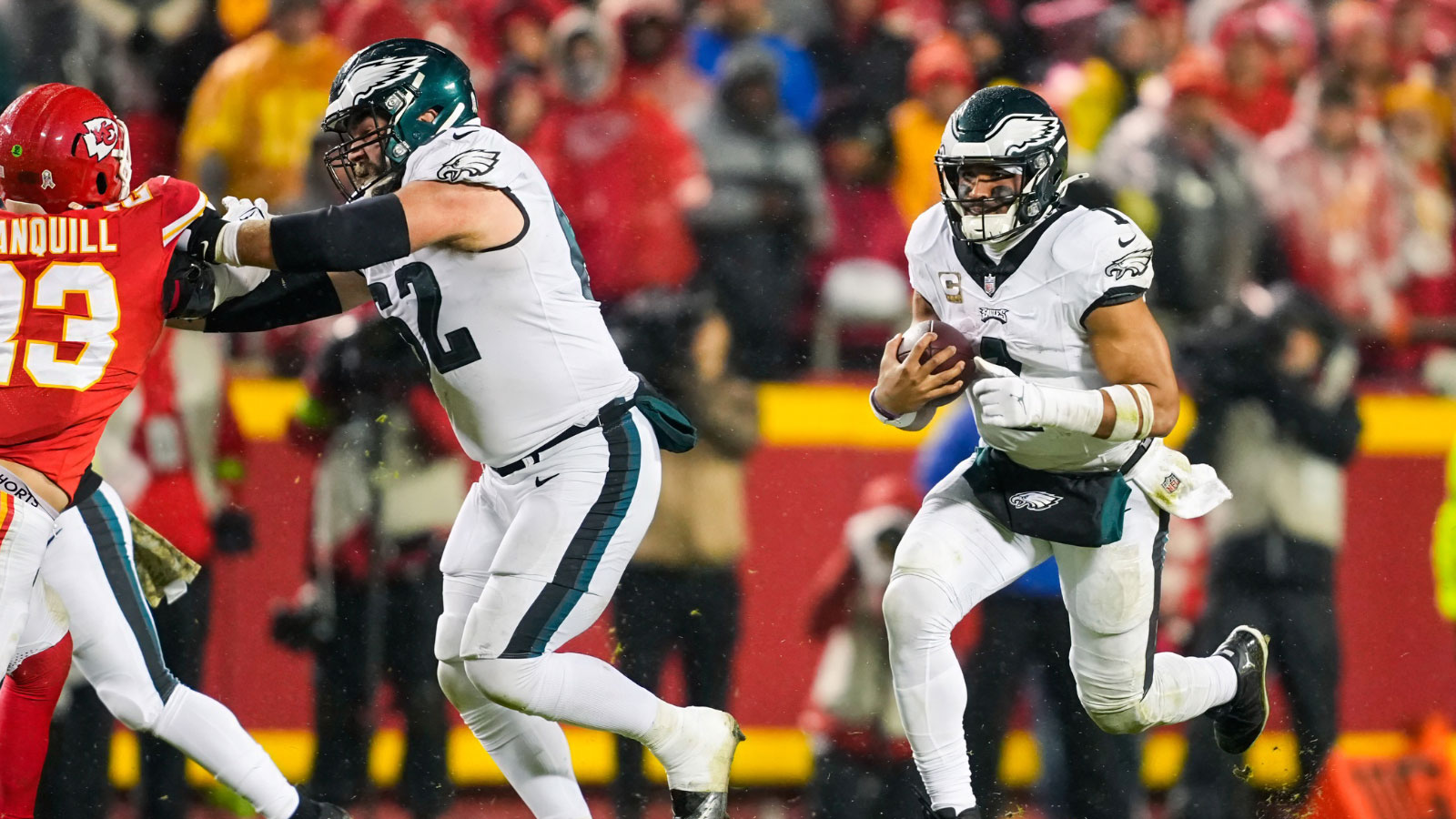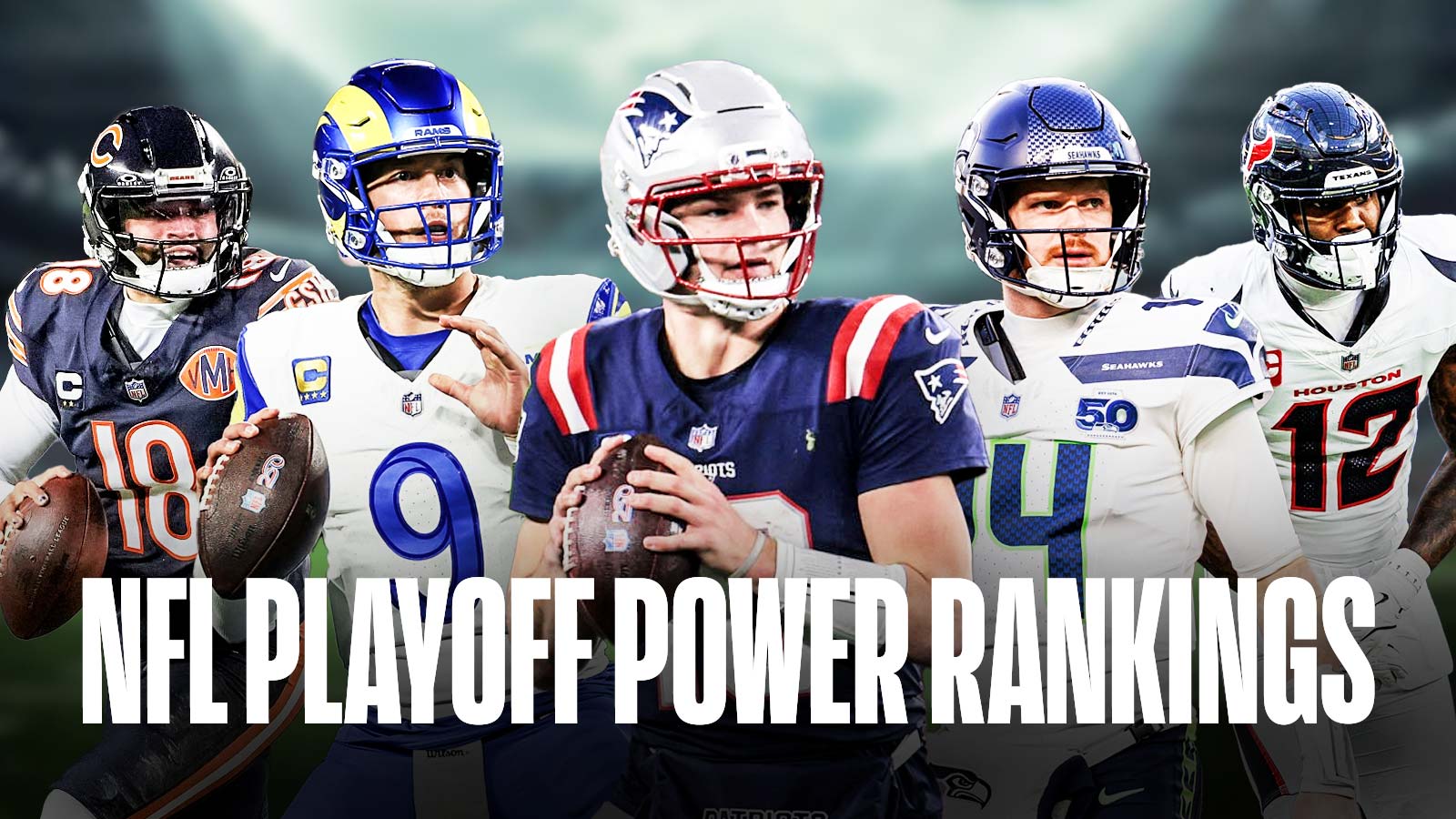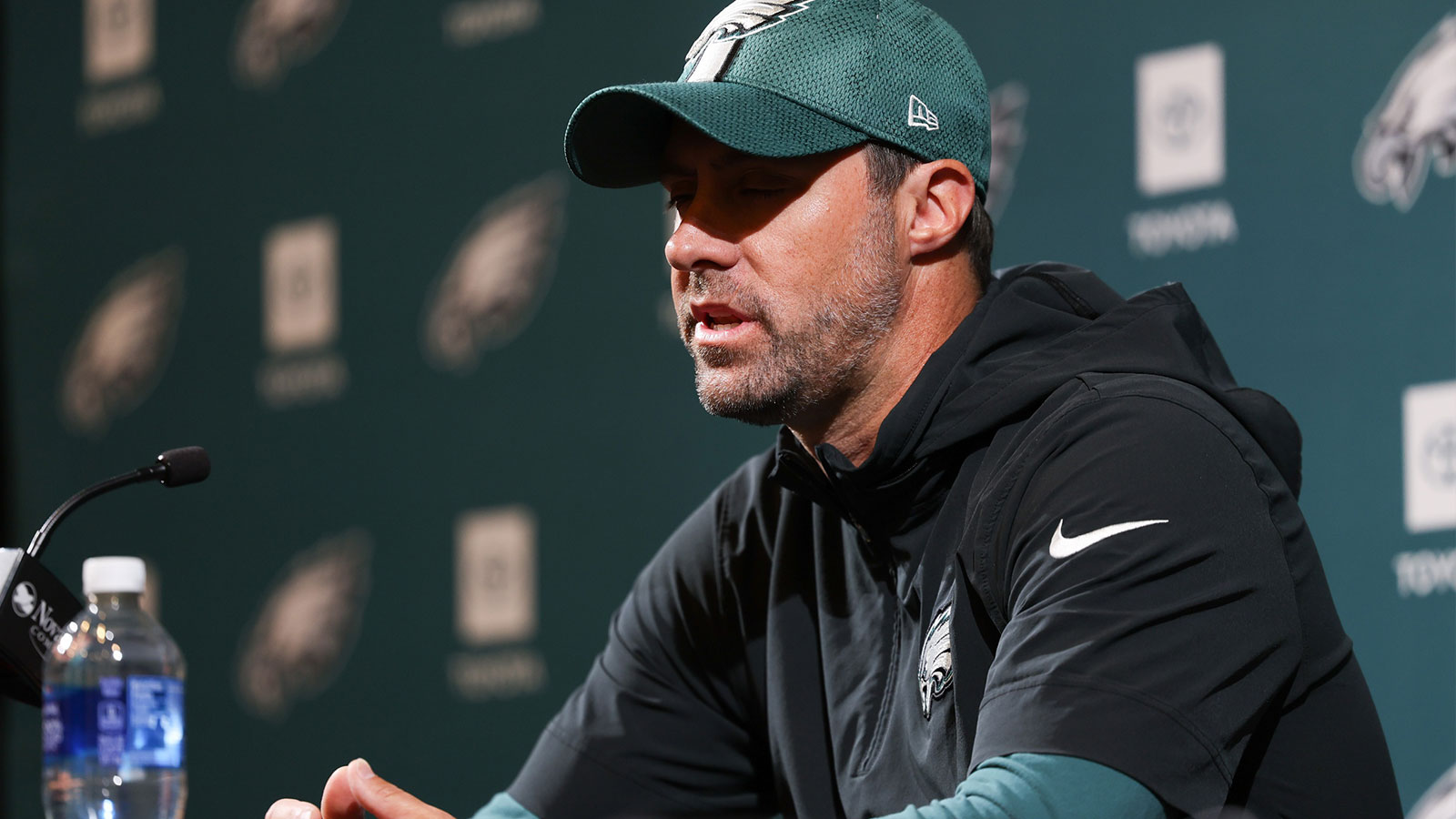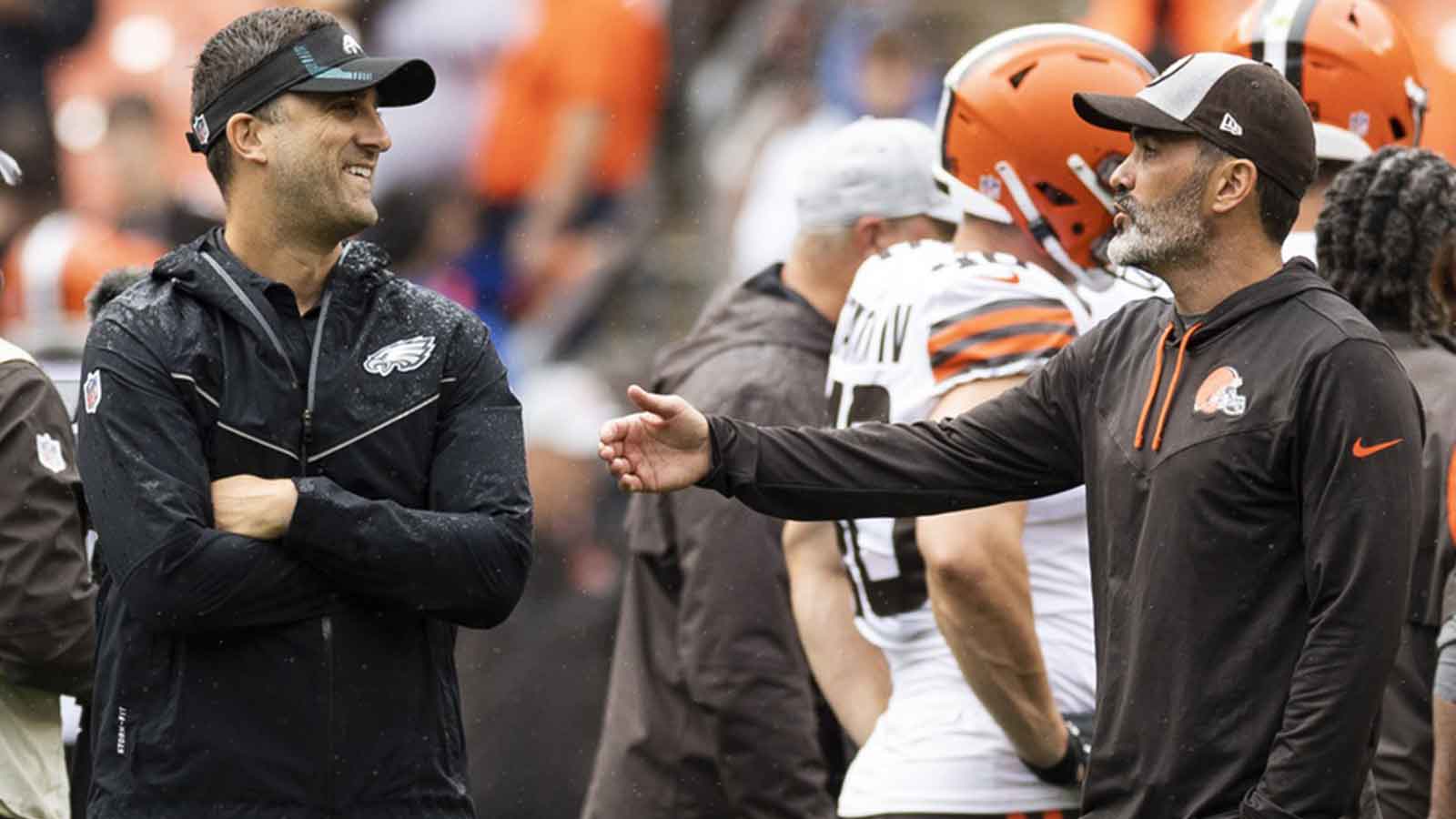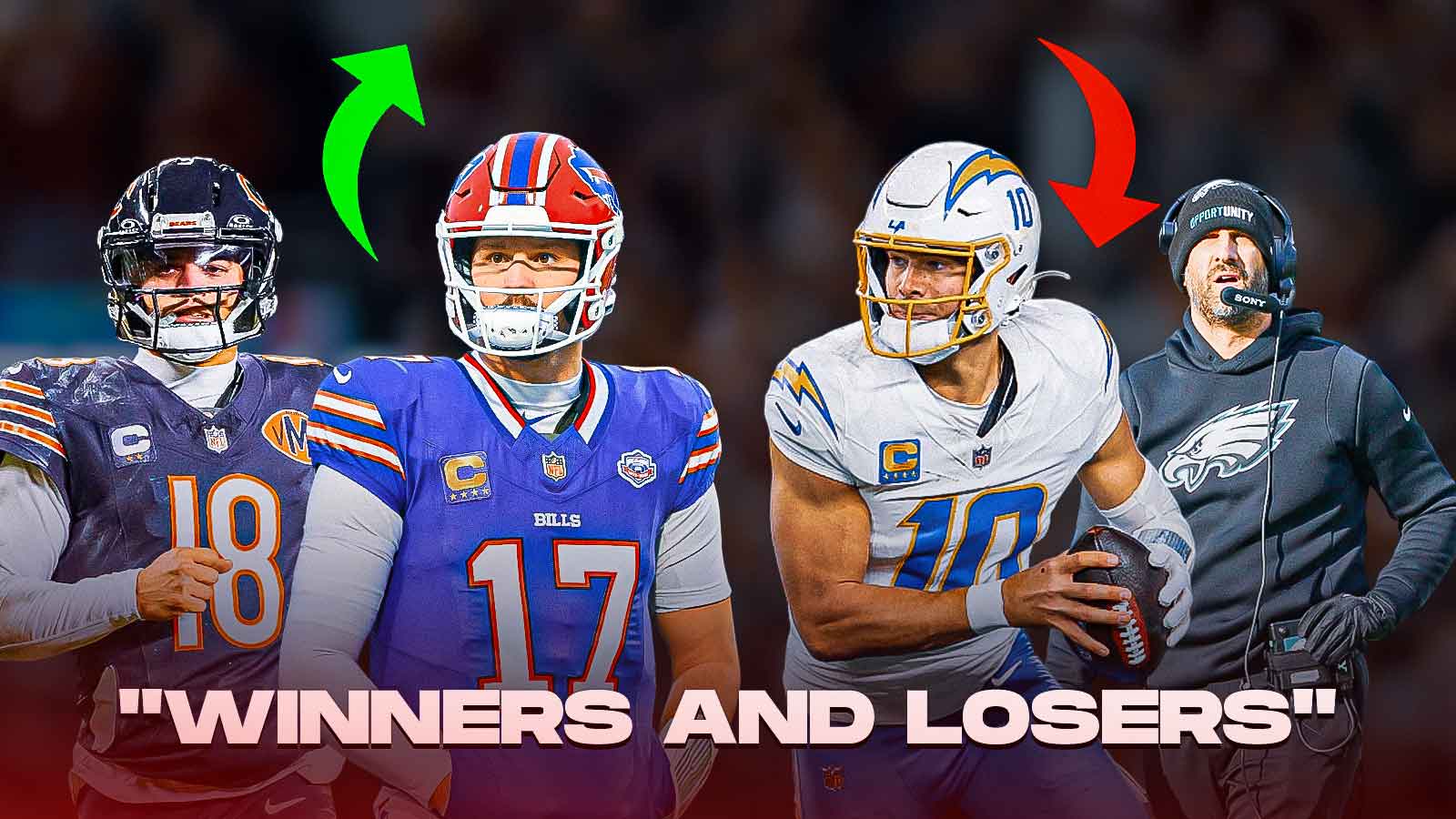The Philadelphia Eagles made some huge splashes during the first day of NFL free agency, picking up superstar running back Saquon Barkley on offense and giving pass rusher Bryce Huff a big contract deal on the defensive side of the ball. The three-year, $51.1 million pact for the former New York Jets edge was one of the biggest defensive signings of the day. So, what grade does this earn Philly?
Eagles-Bryce Huff contract grade
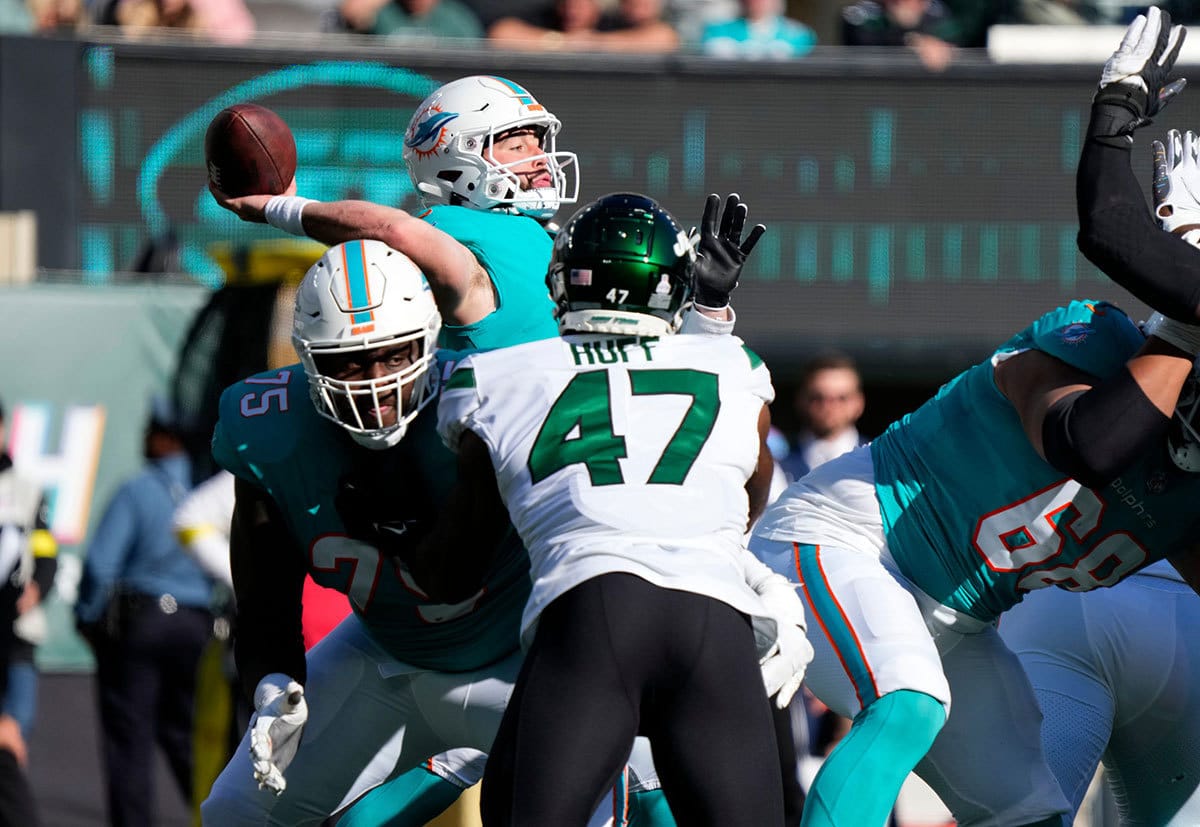
While the exact details are still somewhat unknown, the available information on Tuesday after the Eagles handed out the Bryce Huff contract is that it is a three-year, $51.1 million with $34 million guaranteed and an annual average value (AAV) of $17.03 million per season, per Spotrac.
NFL contracts are incredibly complex, and, as any fan knows, the numbers reported usually have little relation to what the team will ultimately pay. So, the best way to compare player contracts is by AAV.
Giving Huff $17.03 million per year makes him the 18th-highest-paid edge rusher in the NFL in 2024. Only three players got more on the first day of NFL free agency.
Jonathan Greenard, who went from the Houston Texans to the Minnesota Vikings for $19 million a season; Leonard Williams, who stayed with the Seattle Seahawks got $21.5 million per season; and Brian Burns, who the Carolina Panthers traded to the New York Giants got $28.2 million.
Burns and Williams are Pro Bowl players, so it makes sense that they got more than Huff. However, Huff and Greenard have incredibly similar profiles, so the Eagles getting the Jets pass-rusher for almost $2 million per year less than the new Vikings edge is a good thing for Philly.
It is what Greenard and Huff have in common, though, that makes these deals worrisome to their new teams.
Both players are one-year wonders.
Huff had 7.5 sacks in his first three NFL seasons before getting 10.0 QB takedowns in 2023. The reason Greenard got a slightly bigger deal is that he had 10.5 sacks in three seasons before grabbing 12.5 last year.
For Eagles fans, all they are worried about is Huff, though. And the reason he was brought in is to replace Haason Reddick and Josh Sweat. The former has asked for a trade this offseason, while the Eagles are shopping the latter.
Both these edge-rushers are Pro Bowl players, with Sweat putting up 31.0 sacks the last four seasons and Reddick putting up 50.5 in that span to Huff’s 17.5.
More worrisome than the sack numbers, though, is the snap counts. Sweat played 875 defensive snaps in 2023. Reddick played 910. How many did Huff play? He played 481, and that eclipsed his previous career high by nearly 150 snaps.
The Eagles — and their fans — can read this one of two ways. On the one hand, Huff could have fresher legs at (almost) 26 than Sweat at (almost) 27 and Reddick at 29 have, and with more opportunity will come more production. On the other hand, there is no evidence that Huff is ready to set the edge on all three downs throughout an entire game. In which case, the Eagles just paid more than it is paying Reddick or Sweat for a situational pass rusher.
Currently, Sweat is the 29th-highest-paid edge rusher in the league at $13.3 million per season, and Reddick comes in 24th at $15 million AAV. Now, the reason the Eagles want to trade these two players is they are both due for contract extensions, which will likely come in significantly more than Huff’s $17.03 million, especially in Reddick’s case.
So, to sum up, the Eagles’ Bryce Huff contract is a mixed bag overall.
On the plus side, the team got a decent deal relative to the other available defensive linemen on the market. They also gave themselves more freedom to trade Sweat and Reddick instead of paying the $20 to $30 million per season, and they potentially got a young up-and-comer with a lot of upside who has just scratched the surface.
On the downside, they paid an unproven player top pass-rusher money, and there is no concrete evidence that he will be able to give the team anywhere near the down-to-down production of Sweat and Reddick. It is entirely possible that Huff is no more than a one-year wonder who thrived in a limited role on an excellent defense.
With all that in mind, the final grade for the Eagles-Huff deal falls somewhere between a B- and a C+, with the potential to jump one direction or the other in a big way depending on how Huff pans out. For now, we’re going to go with a made-up grade that suggests a deal with potential but also fraught with potential pitfalls.
Grade: C++

